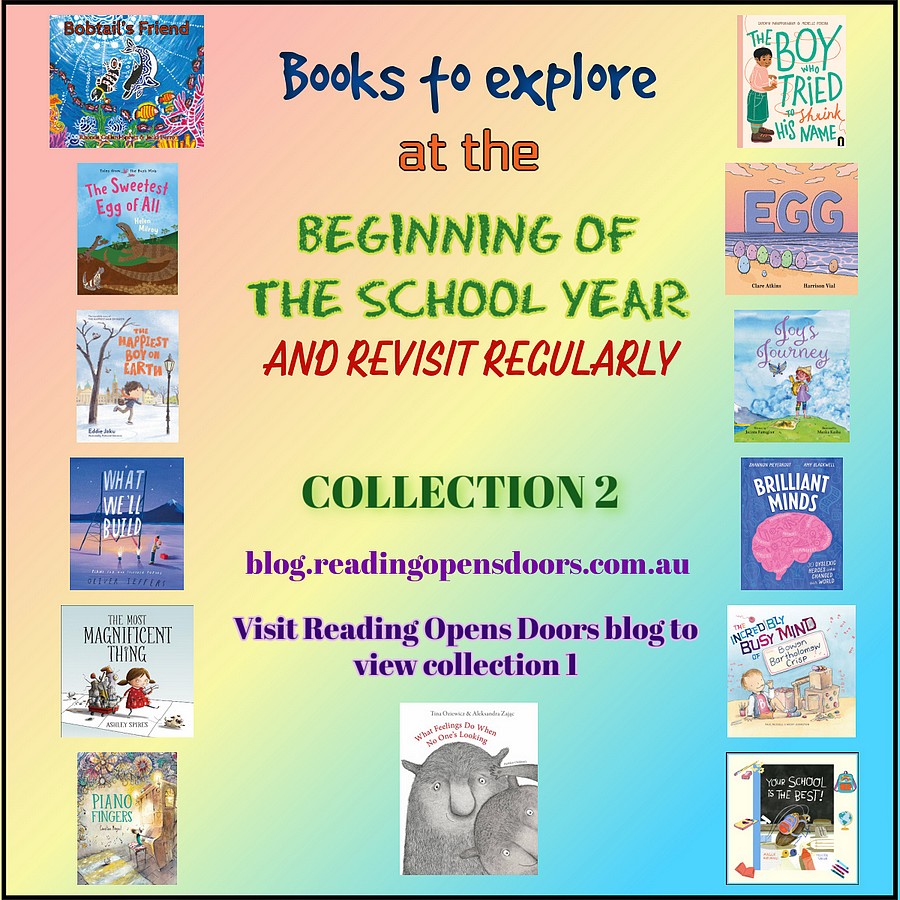
To view the first collection of books to explore at the beginning of the school year and revisit regularly, please visit the Reading Opens Doors blog here.
The following collection of books either promote a growth mindset, celebrate difference and inclusivity, or are a source of inspiration for creating a class inquiry task. These books serve to open up conversations about values, goals, expectations and what the classroom could look, feel and sound like. This list is by no means exhaustive and as always I am very keen to hear of any other books you would suggest should be included.
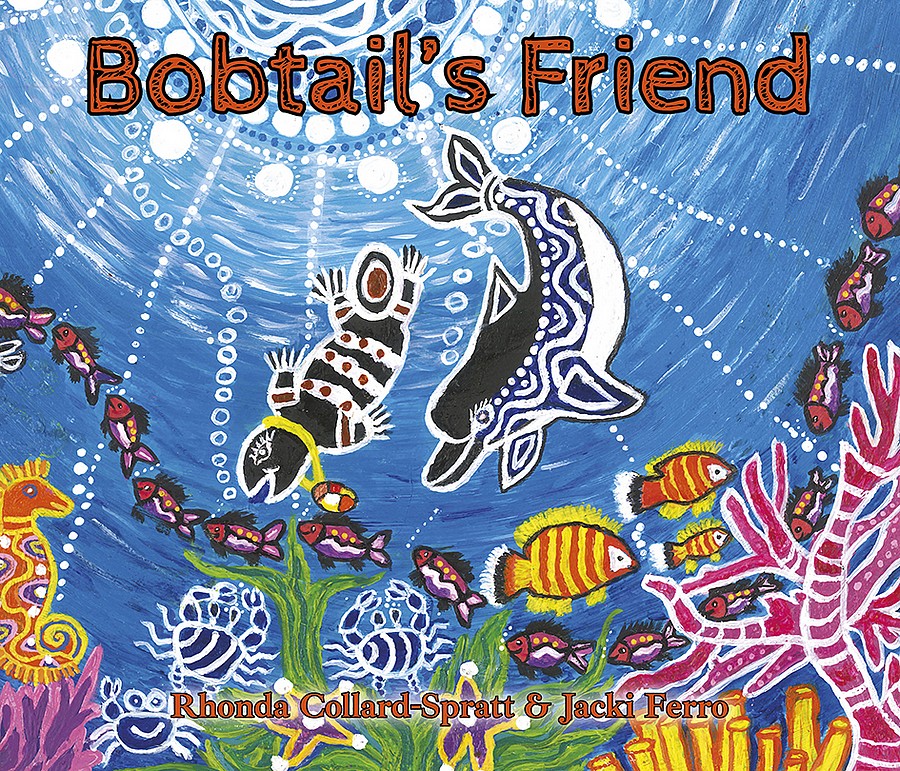
Bobtail’s Friend: From the Desert to the Sea is the second book in the Spirit of the Dreaming series written by Rhonda Collard-Spratt, Yamatji-Noongar artist, storyteller, poet and Stolen Generations survivor and Jacki Ferro, with illustrations by Rhonda-Collard-Spratt and published by Boolarong Press.
In this beautiful, moving and empowering book set in spring time in Yamatji country, which includes words from the Wajarri and Nhanda languages of Western Australia embedded throughout the story, a beautiful lesson is shared about the immense power of words and their capacity to hurt or heal. This story celebrates acceptance, the beauty in difference and friendship as well as demonstrates the impact of standing up to bullies. Central to the teachings in this story are the messages to be proud of unique traits, the skin you are in and to stand up against racism and bullying. Practice kindness and reach out to others who are alone or sad. This story highlights that showing compassion and playing a part in standing up to bullies can have a far-reaching ripple effect.
At the end of the story Aunty Rhonda and Jacki have included the words and notes to a catchy song, they wrote, titled ‘Words Can Hurt or Heal’ which summarises the storyline and themes in the book. There is a glossary of Aboriginal words from Yamatji languages of Western Australia also included, some information about Mookaite, Yamatji Country and languages with an accompanying map of where Bobtail’s Friend is set in Western Australia.
This story is also available as an audiobook. This features Aunty Rhonda reading the story which transports the reader to the desert in the spring time with a cacophony of birds and as the story progresses to the babbling river and then the beach. Different animal calls can be heard, my favourite being Irrabuga, the dolphin. This magnificent version of the story also allows readers to hear the pronunciation of Aboriginal words from the Wajarri and Nhanda languages of Western Australia that are included in this book. Aunty Rhonda and Jacki also sing their uplifting song, ‘Words Can Hurt or Heal’ on the audiobook. The audiobook version can be purchased on the Spirit of the Dreaming website here.
Book 1 in the series is Grandfather Emu and How the Kangaroo got her Pouch and the review on the Reading Opens doors blog can be found here.
A detailed review for Bobtail’s Friend: From the Desert to the Sea has been written in an earlier Reading Opens Doors blog post here.
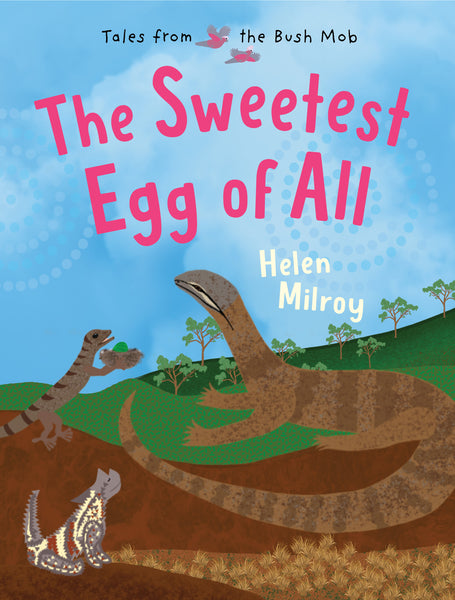
Tales from the Bush Mob : The Sweetest Egg of All by Helen Milroy, a descendant of the Palyku people of the Pilbara region of Western Australia and published by Magabala Books is the third book in the Tales from the Bush Mob series. The Bush Mob is a group of birds and animals who live in outback Australia. They enjoy adventurous days, friendship and helping each other. Living together also means there are problems to solve and the Bush Mob are an innovative group when it comes to hatching plans to come up with creative solutions. They also have to navigate tricky situations and skilfully deal with different personalities for the common good and a peaceful community. This story contains a beautiful and timeless lesson about being kind. It highlights that members of a community, have a responsibility to work together, show compassion to each other and cooperate in a collegial manner. Being selfishly driven causes friction, division and is harmful. The Bush Mob show the beauty and power in helping each other, which often involves courage, resilience and wisdom, and the positive results this has for making a strong and harmonious community.
In this heart-warming story, Gecko and Thorny Devil, great admirers of Bungarra, want to gift Bungarra a special present for his upcoming birthday. They seek the help of the Bush Mob for inspiration for a gift. A response comes from King George Brown (KGB) which sounds like a wonderful idea, however unbeknownst to Gecko and Thorny Devil, KGB is acting selfishly and not at all trying to help Gecko and Thorny Devil in their quest for the perfect present for Bungarra. Instead he deceives them.
KGB has long held a desire to steal one of Willy Wagtails eggs as he had heard they were the “sweetest eggs of all”, an enticing thought for KGB who happens to have a very sweet tooth. However, he misinterpreted what he heard as the comment was about the appearance of the egg being small and cute, therefore sweet. The comment didn’t relate to taste. Given KGB is unable to access an egg from a nest way up high in a tree, he now sees an opportunity and seizes it by convincing Gecko and Thorny Devil to steal one of these rumoured deliciously sweet eggs. What unfolds is a captivating, creative and clever plan involving a number of animals, using their strengths, to work together to ensure the egg can be safely removed from the nest in the tree.
This is no mean feat as KGB dupes Gecko and Thorny Devil by instructing them to retrieve the nest with the egg and place it in a cave where he assures them the egg will remain safe. However, KGB secretly meets with King Toad. These two feared animals unite forces to create what they believe is a fail-safe plan to house the egg until KGB can safely collect it for himself. They do not count on the ingenuity of the Bush Mob and how they work together courageously and wisely to return Willy Wagtail’s egg.
Thankfully, Bush Dingo, head of the Bush Mob Council puts his detective skills to work and methodically and diplomatically uses clues to set about determining the whereabouts of the egg. The egg is rescued, lessons are learned and compassion is shown.
The story is visually driven as bold and lively illustrations illuminate the double page spreads. At the beginning of the book each of the animals in the story are illustrated and labelled. The story is divided into three sections which makes it perfect for pausing and engaging in rich discussions about the storyline, the animals (their characteristics, habitat, actions) the environment as well children and adults making predictions. The sections are: Bungarra’s Birthday Surprise, The Plan and the Plot and The Big Rescue. An Epilogue is included exploring the lesson in this story.
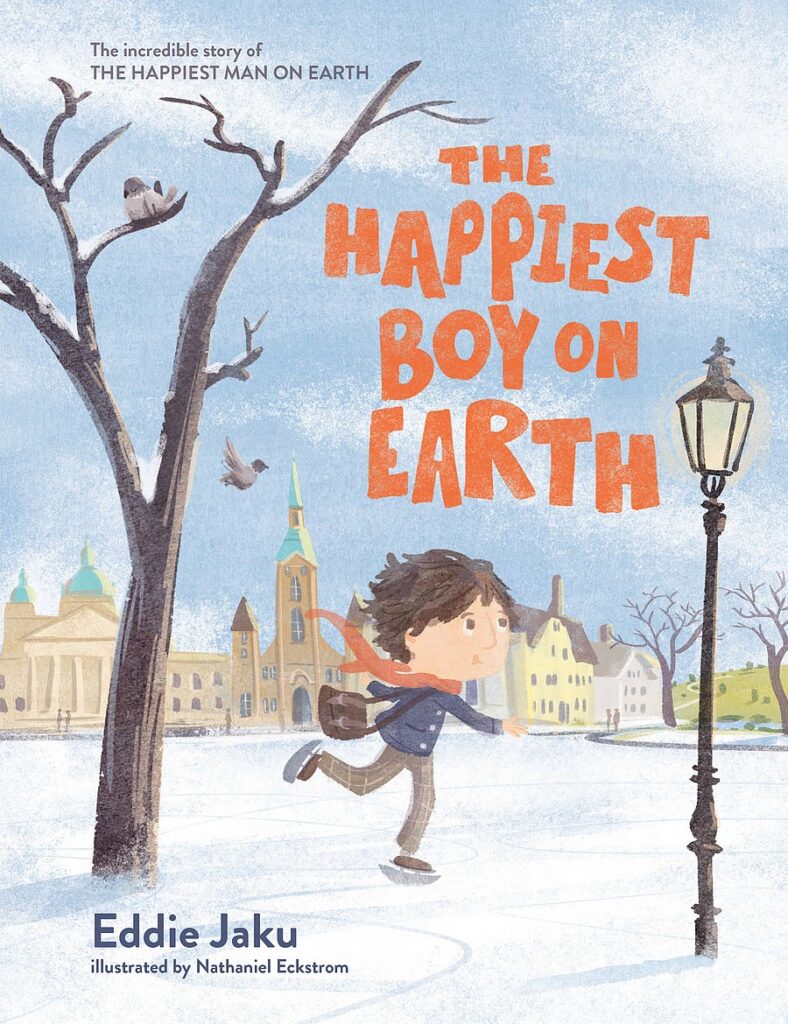
The Happiest Boy on Earth by Eddie Jaku and illustrated by Nathaniel Eckstrom, a picture book for readers 8+ is based on Eddie Jaku’s international bestseller, The Happiest Man on Earth. In this story, Eddie sensitively shares with his great grandchildren stories about his life, turning points, events and experiences that shaped the man he became and in a nondidactic way, life lessons he learned that culminated in him becoming the happiest boy on Earth and later the happiest man on Earth.
This story begins with Eddie at 101 years of age surrounded by his great grandchildren. The love and and respect they have for each other in the text and illustrations is palpable. The children are captivated by their Pp
’s childhood stories and ask questions about his life experiences. Their P
p
, more than happy to oblige and satisfy their curious minds, fondly recounts treasured memories prior to World War II when he lived in Leipzig with his parents, sister and grandmother. He then talks to his great grandchildren about Hitler and how life changed for him as a Jewish boy during this time. Eddie shares openly and honestly his feelings and emotions. He shares how his father gave him a new German identity, to protect him and sent him to a boarding school nine hours away from his home. His family valued education and Eddie talks in the story about the effect his education had on his life. He talks to his great grandchildren about Kristallnackt, the Night of Broken Glass. He talks about the darkest of times when his freedoms were taken from him and he lost faith in humanity when he was taken away to “a camp”. Eddie shares that this was a place where the guards were cruel, families were forbidden to stay together, disease was rampant, hunger was all too common and many people died in the camps.
Eddie talks about his despair, heartbreak and immense sadness, all in an accessible way for a young audience. He gives sage advice about the importance and power of hope.
Eddie tells his great grandchildren about the most unexpected gift that came from being in the camp. He goes on to talk about life after the war, more unexpected happenings and what he termed miracles.
Towards the end of the story Eddie shares the six character strengths that he has learned in life and that he attributes to making him the happiest boy on Earth.
There is also a collection of photos from Eddie’s private photo collection of his family included in the book.
The atmospheric illustrations enrich the narrative and provide more information about Eddie’s experiences.
This book serves as a powerful source of inspiration to conduct an inquiry into character traits and strengths that contribute to happiness, harmony and a productive and rewarding classroom environment. Identify what these would look like, sound like and feel like in the classroom to write, illustrate or turn into a song a meaningful class vision, or mission statement and perhaps creatively display these to refer to regularly.
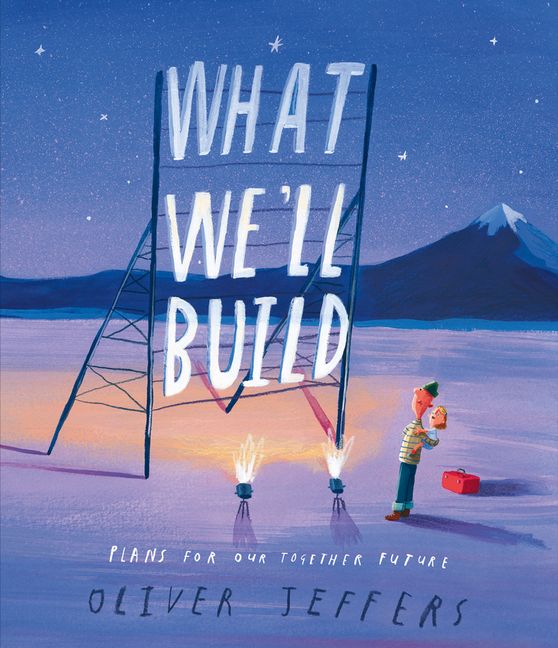
What We’ll Build By Oliver Jeffers is a brilliant book to use to carry out an inquiry into the shared vision the class hopes to achieve. Kath Murdoch has written such an inspiring blog post where she steps through a series of questions about building a classroom culture inspired by this text. Kath Murdoch’s blog post can be viewed here.
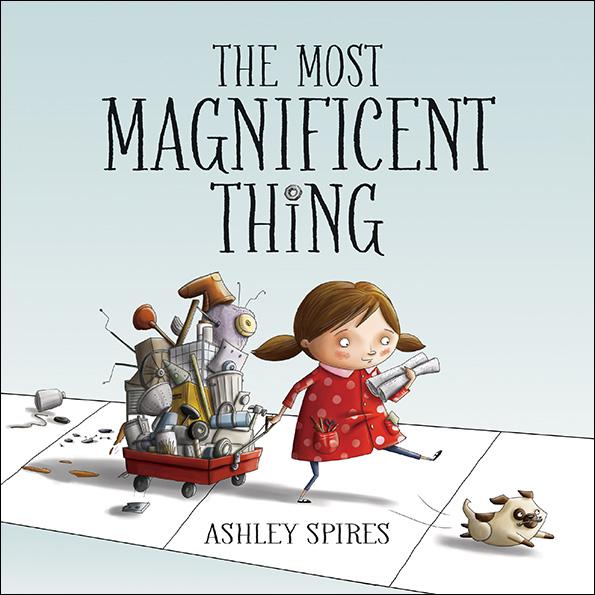
The Most Magnificent Thing by Ashley Spires is a fabulous book to read aloud as a gamut of emotions are experienced in this story giving the reader great scope to express and communicate different emotions (in their voice, posture and facial expressions) as well as vary the pitch and pace throughout the story. This story explores the different phases and stages the protagonist experiences as she attempts to turn her clear vision into a useful creation that is the most magnificent thing.
The young girl sketches detailed plans with great anticipation, supplies are gathered, ideas continue to brew. The young girl sets herself to work assembling her materials, employing great creativity and problem solving skills all while demonstrating persistence and resilience. Significant amounts of time are spent creating and finally the piece is finished. Disappointment ensues as the piece does not resemble the plans. The girl makes some adjustments and still the piece is not the most magnificent thing. More modifications are made. All of this effort and these seemingly failed attempts cause disappointment and as she continues to work her frustration bubbles up and boils over into anger. The young girl feels defeated and the girl’s lack of optimism and confidence are highly evident. Thankfully her trusty friend, a highly expressive dog, is there to help and alludes to the idea of taking a walk. A break allows the anger to drain out of her and provides space for reflective thinking and a new perspective. Considered thinking results in her knowing exactly what to do and a magnificent creation indeed is brought to life.
The nuanced illustrations are delightful and highly expressive, for example the dog’s emotions mirror that of the girls. The choice of descriptive words adds richness to the story. This story is an engaging gateway to conversations about mistakes, how and why they are a vital part of the learning process. Learning involves successes as well as difficulties and perseverance is always needed. Positives can come out of what may be perceived to be negatives. This book promotes a positive growth mindset and encourages conversations about ways to navigate a situation when it does not go to plan. Students might feel comfortable sharing their own personal experiences of not giving up and a time when they had to be adaptable; or share stories about people they know (could be someone famous, perhaps an athlete, artist, musician, actor etc) that did not give up and how they overcame challenges. Students may also wish to design and create their very own ‘most magnificent thing’ which could give a wonderful insight into students interests, dreams, ways they believe the world could be a better place, or an even an invention the world just might need!
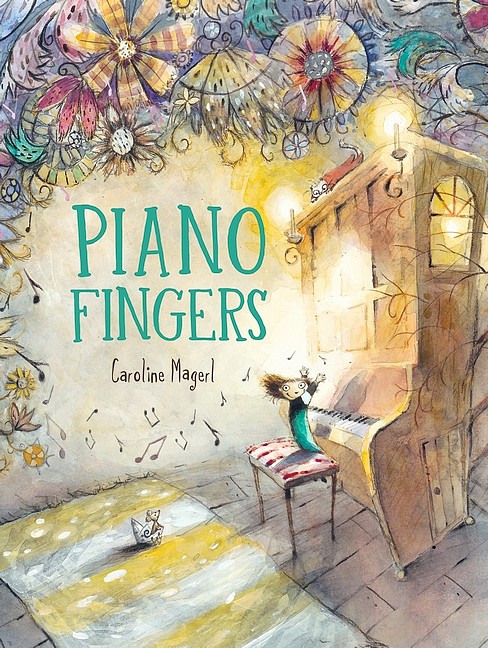
Piano Fingers by Caroline Magerl is an exquisite and imaginative story that is an inspirational delight to read. Caroline’s stunning poetic text coupled with enormously expressive and lively illustrations, full of whimsical details tell a relatable story with all of the drama and theatre of being on the precipice of acquiring a deeply desired new skill – the bumpy road that ensues and the rollercoaster of emotions involved. It is a story about believing in yourself and the power of possibility, as well as persevering in the face of adversity.
The main character in this story is Bea who comes from a long line of supremely talented musicians. Her older sister, Isla, plays the violin. Caroline has used metaphors to refer to the musical instruments, so Isla’s instrument has been dubbed the “honey fog machine”. Isla enchants with her captivating musical talents.
Bea, inspired by her musically accomplished family is ever so ready to make her mark in the music world. With her sister, she plays the triangle, “bink, bink, bink”. Caroline uses several neologisms throughout the story, such as “bink” and these deftly capture the musical sounds. Isla stops the duet to point out to Bea that she is not playing her triangle correctly.
This criticism does not deter Bea. In fact, she is struck with the empowering and thrilling realisation that she is destined for greater musical success.
Enter “baby mountain” a piano in another room, an invitation to Bea to play the keys. She is not alone as the reader meets Maestro Gus, a cat in a flamboyant red coat who encourages Bea with words of wisdom and faith in her abilities. The scene that unfolds with its evocative language and dramatic and vivid illustrations, paint a picture of all the feelings involved when one attempts something new – the trepidation, the leaning in cautiously and testing the waters and then that beautiful moment – success, in all its shining and richly rewarding glory. Bea discovers her talent, her “piano fingers” and now can realise her highly anticipated dream of making beautiful music with her older sister Isla.
The enchanting illustrations are full of movement, light and life and will captivate the reader. Bea often appears in a circular shape, reminiscent of a spotlight shining on her and this further highlights Bea’s musical journey and her insights. Children and adults alike who have ever had a desire to learn a new skill, begin a hobby, join a sporting team, start a course or new adventure will relate to Bea’s story and road travelled, one that is not straight and can contain twists, turns and detours. Sometimes the road travelled is smooth making for big strides in the learning journey, other times it is bumpy and fraught with an uneasy feeling. Occasionally there are steep hills to climb and persevering to the top reaps its own kind of magical rewards. This is a story that explores the challenges, disappointment at times, despair that can come with attempting something unfamiliar, but, with a positive mindset and a willingness to continue to practise, sheer beauty and joy triumph. Rewards abound.
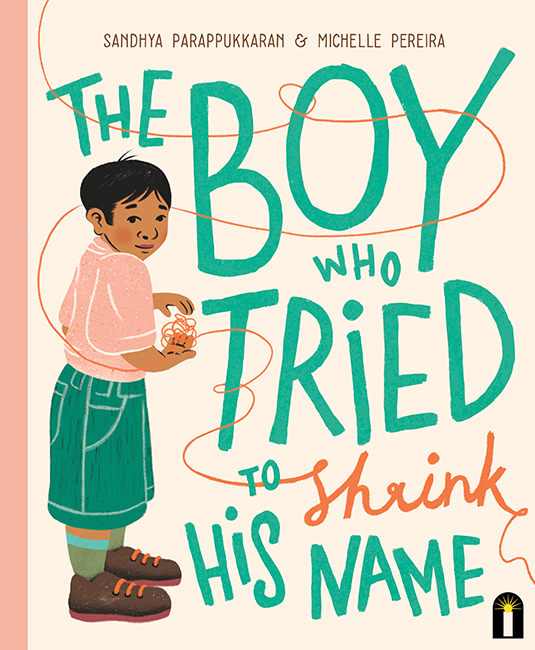
The Boy Who Tried To Shrink His Name by Sandhya Parappukkaran, illustrated by Michelle Pereira and published by Bright Light an imprint of Hardie Grant Children’s Publishing, received the 2022 CBCA Award for New Illustrator and is also a 2022 CBCA Notable book. This is an uplifting and beautiful story, told from the perspective of a young South East Asian boy and is about celebrating cultural heritage and individuality. This book is about not shrinking down in an attempt to fit in and appreciating the beauty in difference as well as the power of a person’s name which connects people not only to their identity, but family and cultural heritage.
The young boy in this story, Zimdalamashkermishkada, is on the precipice of change as he is about to start at a new school. This new beginning heightens his anxiousness about his extremely long name, that no one can seem to pronounce and which he is often asked to repeat. It draws unwanted attention and this causes all sorts of knots and twists to slither around and unravel in his tummy. He wishes he could shrink his name and try as he does, this quest to do so eludes him as his name “springs back to life like a scared pufferfish at sea”.
Zimdalamashkermishkada finds a friend in Elly. They practise tricks on their skate boards after school and Elly enjoys spending time with Zimdalamashkermishkada and his mother in their home where she helps to create sumptuous dishes, including soft ada where Elly and Zimdalamashkermishkada appreciate picking banana leaves from the family tree to use to hold parcels of rice flour dough, sprinkled with a coconut and crumbled palm sugar mixture.
After much practise at the skate park Zimdalamashkermishkada proudly masters a trick he has been working on and with this he also learns the lesson that with practise what once seems unachievable can be accomplished. As their friendship blossoms, Zimdalamashkermishkada’s pride in his name grows and he no longer feels the need to shrink his name as he proudly and confidently embraces his full and long name.
Sandhya Parappukkaran’s writing is a joy to read. Her lyrical writing is brimming with poetic turns of phrase with metaphors and similes used to engage the reader. These graphic descriptions help the reader to develop empathy for how Zimdalamashkermishkada feels about his name.
Michelle Pereira’s engaging and evocative illustrations have a retro quality to them. They have been created with a limited colour palette and enrich the text as well as stimulate the senses. The aromas of the curry almost feel like they waft from the page. The orange ball of string first seen on the cover and then throughout the book is a graphic metaphor to represent Zimdalamashkermishkada’s feelings, concerns and doubts about his name. This string takes on different forms throughout the story that are highly symbolic of Zimdalamashkermishkada’s journey and reflect his feelings.
Zimdalamashkermishkada takes the reader on a journey of discovery, acceptance, self-love and belonging. Along the way there are feasts to be enjoyed, lessons to be learnt and epiphanous moments to be had. This is a stunning book that celebrates and honours cultural identity and excellent story to inspire an inquiry into the history and story of each person’s name in your class.
Sandhya and Michelle have joined forces again to create a second picture book, Amma’s Sari. A review for Amma’s Sari can be found on the Reading Opens Doors blog here.
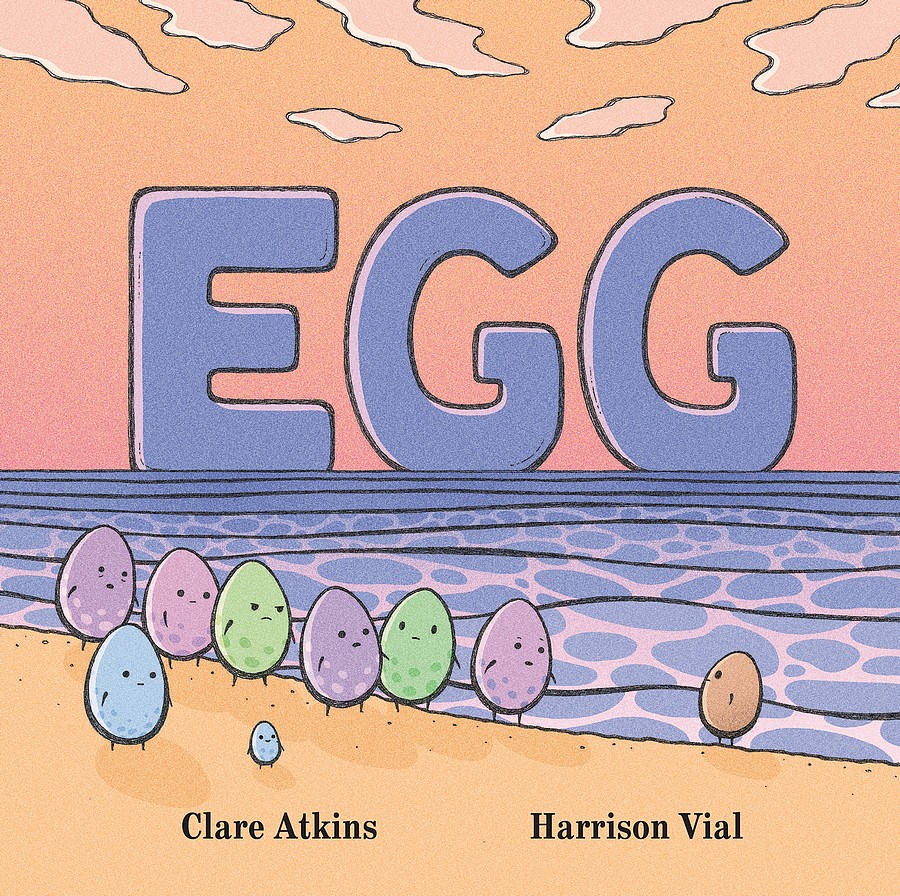
Egg by Clare Atkins, illustrated by Harrison Vial and published by University of Queensland Press (UQP) is a beautiful, thought provoking and highly engaging fable with a cast of eggs as characters; eggs with distinct personalities, thoughts about their island home and firm opinions about what happens when a newcomer washes up on their island. This beautiful picture book cleverly juxtaposes the past when the world was not impacted by climate change with present times where the island in the story has suffered environmental damage. The story explores how solutions to environmental problems are possible, it just takes one good egg to be brave and that could be the first step to making a difference, one that may benefit a whole community. It is in this idea that using eggs as characters is a genius masterstroke as eggs are symbolic of life and rejuvenation of the life cycle. The beauty of this deceptively simple picture book is that it can be read on so many levels and will serve as an excellent segue into rich discussions as a multitude of themes are explored, including belonging, refugees, xenophobia, discrimination, fear of the unknown, kindness, acceptance and climate change.
In this story, a group of eggs spot what at first glance appears to be another egg in the ocean heading towards their land. At this sight suspicions are aroused, questions are asked, observations are made. The overwhelming desire is to get an answer as to who, or what, is this new visitor. Theories are put forward by the egg inhabitants, more questions are raised than answers found. The threatened eggs, quickly develop an us-versus-them (in this case the new arrival) mentality, leading to division and marginalisation for the newcomer, who becomes known as Strange Egg. The thoughts of the egg inhabitants become negative about Strange Egg. Interestingly, it is Little Egg, the smallest of all the eggs who critically reflects and sees more similarities than differences. The fear of the unknown drives the egg inhabitants to reject Strange Egg. With an open mind, inquisitive nature and kind heart, Little Egg is keen to learn more about Strange Egg. A friendship blossoms between the two and so do other riches that come from one courageous person standing out from the crowd, going against the status quo, taking risks and embracing change. With this risk come rich and unforeseen rewards. Little Egg is also able to be a leader and encourage the rest of the egg community to befriend Strange Egg and appreciate the gifts Strange Egg has to give. Little Egg’s actions have a ripple effect in the egg community and for their island.
The eggs’ attitudes and emotions are perfectly captured in the lively illustrations which enrich the narrative.
This book would make a perfect read aloud as there are different perspectives and themes readers will be able to connect to. There are also a gamut of emotions conveyed in this story which lends itself to reading the book with different voices and expressions, making it a most memorable and engaging experience. This story also serves as an excellent gateway into rich discussions about the many themes explored as well as considering solutions to not only environmental, but other issues, for example, poverty or discrimination.

Joy’s Journey is an uplifting story of adventure and discovery, both literally and figuratively as well as the empowering realisation that the ability to achieve your dreams is within you.
Enticed by the desire to find a mysterious, magical place with a teacher who is “strong and kind and wise”, a destination where once it is found guarantees all of your wishes come true, sees Joy set off on a quest to explore and discover this paradise. Joy traverses rich and varied landscapes through different seasons. She leans into what the unknown may present, embraces opportunities and is fearless on her travels.
Joy sets off with enthusiasm and a glint in her eye, ready for adventure. As she travels through the seasons she observes her surroundings, looking for clues that may lead to her destination, all while experiencing the goodness the different places have to offer. Joy swims in pristine blue waters and plays in stunning forests with exquisite picturesque backdrops including cascading waterfalls gushing over cliffs dotted with pops of colourful flowers. She explores snow-capped mountains and finds serenity in fields and gardens exploding with colour in springtime. Each new season sees her meet different animals. She encounters a pink pelican that encourages her to explore a cave, perhaps the magic land could be in there. She befriends a deer in the forest and together they play and delight in nature’s gifts. In the hostile winter, a goat becomes a much needed companion who guides Joy to a path that leads to a warm, lush, green valley. Finally, a bold and beautiful butterfly catches her attention and she follows the fluttering butterfly which leads to her final destination … where she does indeed find the teacher she has been searching for.
Joy did experience magical places, more than she dared to dream and in each place she made a special friend and that teacher…she is with Joy all along, as she realises she possesses the values and qualities in the teacher she is searching for. Through this adventure she learns that she is indeed strong and kind and wise and she can achieve great things beyond her wildest dreams.
This story is told in beautiful rhyming verse and is accompanied by bold and vibrant illustrations full of life and light. These images illuminate the pages and aptly exude utter joy while bringing the text to life. The character of Joy is captured in the most charming way – she appears in bright rainbow coloured clothing and her sense of adventure, warm personality and playful attitude shine through as readers observe the way Joy engages with the world.
This book lends itself to so many rich discussion topics about journeys, the different types and benefits that come from one. The story could also lead to conversations about how one may grow on a journey. This book explores the sense of joy and accomplishment that can be achieved while exploring new places and the importance of being open to experiences and possibilities – the majestic, the hard and the surprising – in all of them there are lessons. This story highlights the message that there is beauty and power in the journey, not just the destination. Travelling and going on an adventure is no mean feat, it requires courage, flexibility, humanity, creativity, determination, resilience and resourcefulness. In any journey there may be bumps, twists and turns along the way and challenges to be overcome. It is in this unpredictable journey that Joy, with a grateful heart and positive mindset, discovers her strengths. This physical journey makes her acutely aware of those strengths and she is awakened to her precious unique qualities, these are core to her identity. The text and illustrations also explore different landscapes and these could be discussed further.
After reading this story,children could be challenged to create a magical paradise (it could even be set in a different time period or place, for example the future in outer space) and consider different modes of transport to reach this place. Children could consider items they would need to bring in a backpack with them (these could be existing pieces or imagined ones) and consider what the journey to this place may teach them about themselves.
This empowering story shares an important and uplifting message about finding joy in a journey, whether this is a physical, inner or imaginative one. A detailed review for Joy’s Journey with links to educational activities as well as teaching notes’ and images of several pages from the book has been written in an earlier Reading Opens Doors blog post here.
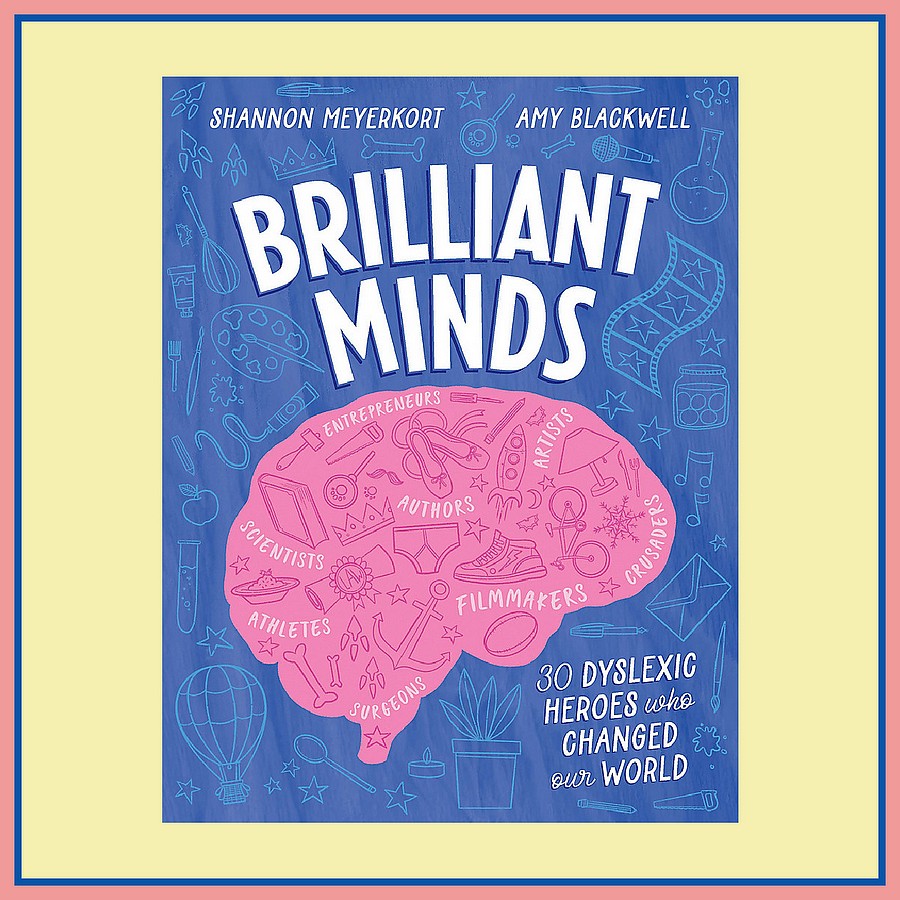
Brilliant Minds 30 Dyslexic Heroes who Changed our World by mother daughter team Shannon Meyerkort and Mia-Rose Meyerkort was inspired when Shannon was in search of a book about dyslexic role models to share with her daughter who was recently diagnosed with dyslexia. Having been in that exact boat myself, I understand that deep desire to source this kind of empowering information that could be a source of inspiration and demonstrate that having dyslexia doesn’t restrict you from achieving your dreams.
In this book, it states “dyslexia is thought to affect at least one in every ten people in Australia”. Despite this statistic, our personal experience has shown such a limited understanding about dyslexia. Often when my daughter tells people she has dyslexia the replies are often along the lines off, “I have a bit of that”, “I sometimes write letters backwards” or some people talk slower and louder to her (she quickly informs them that it doesn’t affect her hearing an is unrelated to intelligence). Books that feature neurodiverse people are so important for every library collection; they inform, inspire and are excellent gateways to important conversation about learning differences. They are essential for representation, making children with dyslexia feel included as they see people with the same learning difference achieve and these stories help everyone build empathy when they read about people who have different experiences to their own.
This book profiles people from diverse backgrounds with varied and rich experiences such as athletes, entrepreneurs, medical pioneers, authors, filmmakers, actors and scientists to name a few. They are referred to in the blurb as “record-breakers, game-changers and risk takers”. Included are Ingvar Kamprad, the founder of Ikea, Erin Brokovich, activist, Charles ‘Pete’ Conrad an astronaut, Anne Burke, Supreme Court Justice and filmmaker Stephen Spielberg to name a few .Each person’s story begins with a bright double page spread featuring their date and place of birth and an inspiring quote from the person (which my daughter particularly appreciated) accompanied by a full page illustration by Amy Blackwell. Following this is another double page spread with information about their story. Each person’s story reflects on their time at school which was often fraught with experiences of being in an education system that did not understand, or support children with dyslexia, although some of the people had a positive schooling experience or a teacher that was life changing for them. Many of the people share their feelings while at school, of feeling less than, being teased and struggling with the laborious task of reading and writing.
It is fascinating to read in each and every story that it was in the trials and struggles that each person learned about their talents and strengths and used these throughout their lives with astonishing success. Each of these people demonstrated tenacity, vision, creative problem solving skills, a mental toughness and most took responsibility for their own learning, devising ways they could learn content they were presented with. Many of these people excelled in their field and it is fascinating to see that their struggles either fuelled them and made them more determined to succeed, or lessons learned early in life informed their future beliefs and practices.
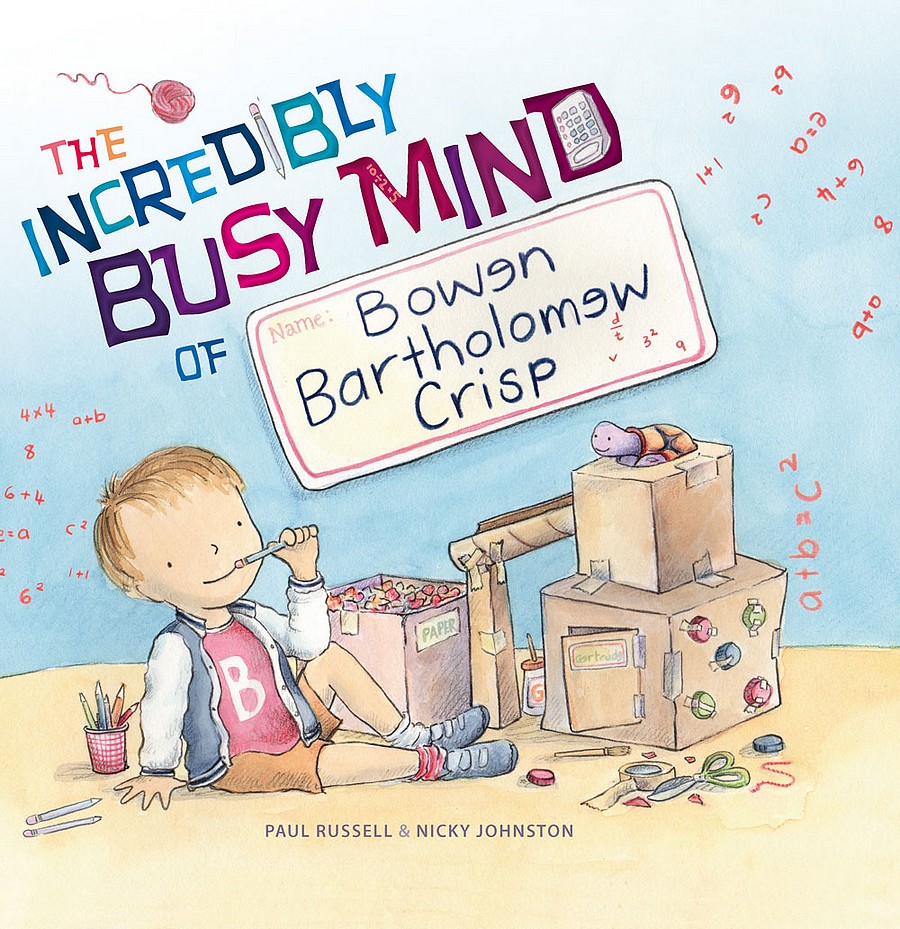
The Incredibly Busy Mind of Bowen Bartholomew Crisp by Paul Russell and illustrated by Nicky Johnston is a sensitively written story about children who have neurodivergent minds. It is a story for all children to gain an understanding and develop an appreciation for such diversity. This book gives readers an opportunity to step into the shoes, or should I say mind, of Bowen to experience his thought processes when a question is asked of him. This book explores the emotions experienced when a child feels ‘different’ and the realisation that there is sheer beauty, power and strength in thinking differently.
This story begins in a classroom when Bowen is five and the teacher asks Bowen, “what colour is the ocean”? Many students have a response within mere seconds, however Bowen’s mind lights up as he deeply ponders his response, he carefully considers the different shades that exist in the ocean, the variance in colours at the different depths and the effect algae has on the ocean’s colour. Bowen’s inquiring mind pictures so many scenarios. Sadly, no one hear any of his insightful thoughts as the teacher moves on to hear the responses of other students. Two years later the teacher asks Bowen about his thoughts. What a treat it is to read all of the intriguing, fascinating and thought-provoking ideas that swirl around in his mind. At this age, Bowen determines that “none of these things were what I was meant to be thinking about” so he chooses not to answer and the teacher asks other students to respond. The story continues with wonderful displays of Bowen’s brilliant mind, insatiable curiosity, his drive to question, test, astutely observe, analyse and appreciate the beauty in details that many others do not see.
Days for Bowen are long at school, yet at home he has the most riveting conversations with his Mum as they ask each other highly thought-provoking questions, these encapsulate the beauty and gift that is an inquiring mind.
As Bowen progresses through school he has a teacher that makes an adjustment to the way he presents one of his pieces so that he can fully and actively participate in the learning on the same basis as other students and make progress. The results are spectacular!
The story follows Bowen as he becomes older and realises that his finely developed creative problem solving skills and curiosity are a unique asset he possesses.
The lively watercolour and pencil illustrations balance and enrich the narrative. They bring to life Bowen’s creative mind, his brilliant thoughts and deftly capture his emotions. They also highlight that the way he thinks and responds can be an isolating experience for him, but could be overcome with a greater understanding and opportunities for him to fully participate. It is heart warming to see the illustrations capture his joy and how he thrives when he has the opportunity to create and solve problems.
Many readers will relate to this story and see themselves represented. It will be a source of comfort as well as validation to those that experience learning difficulties and neurological differences. This story is a beautiful lesson and celebration in valuing curiosity and difference, experiencing diversity and developing understanding and empathy.
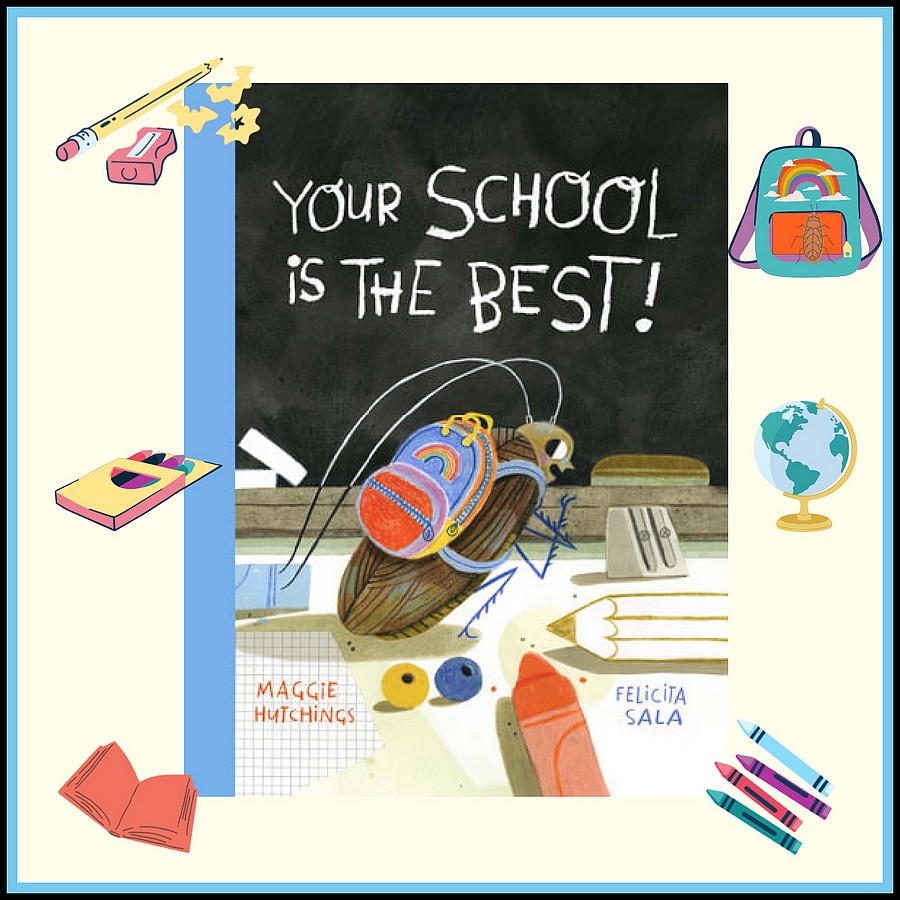
Your School is the Best! by Maggie Hutchins and illustrated by Felicita Sala draws the reader from the very beginning of this story (including the endpapers) into the vibrancy, colour, diversity, rich experiences, fun, friendship and adventure that children enjoy in a primary school setting. This story is told from the point of view of an adventurous, optimistic fun-loving cockroach who sees the positive in every situation. The cockroaches are eternal optimists who display positive mindsets and overcome obstacles with ingenuity and creative problem solving.
In this story, the quick thinking and innovative cockroach works together with the extended cockroach family to hitch a ride to school. Once in the classroom the cockroaches delight in all the fun and learning the children are experiencing – show and tell, reading, observing science experiments, problem solving, play, art and games in the lunch breaks. The classroom environment presents so many exciting and irresistible opportunities for the cockroaches to explore with the intention of delighting and entertaining all of the class. They see all their interactions, activities and experiences as positive and rewarding, however the illustrations tell a very different story. It is fascinating to “read” the two alternative stories (one contained in the text and another in the illustrations) and the very different emotions and reactions experienced by the cockroaches and the class members.
The delightful and lively illustrations are brimming with details and bring to life the connections between the cockroaches and class members. The illustrations are a gateway to discussing the many and varied experiences school has to offer. These are illustrations to savour as there are many stories to unpack within them.
This book marks the second adventure for this cockroach and family, with the first being in the picture book, Your Birthday was the Best! an Honour Book for the 2021 CBCA Awards Book of the Year for Picture Books.
These entertaining and memorable cockroaches will have readers laughing out loud at their adventures (or should I say misadventures) and actually act as helpful tour guides for younger children who may be curious about what experiences they might expect at school as the cockroaches indulge in many experiences typical of a school day.
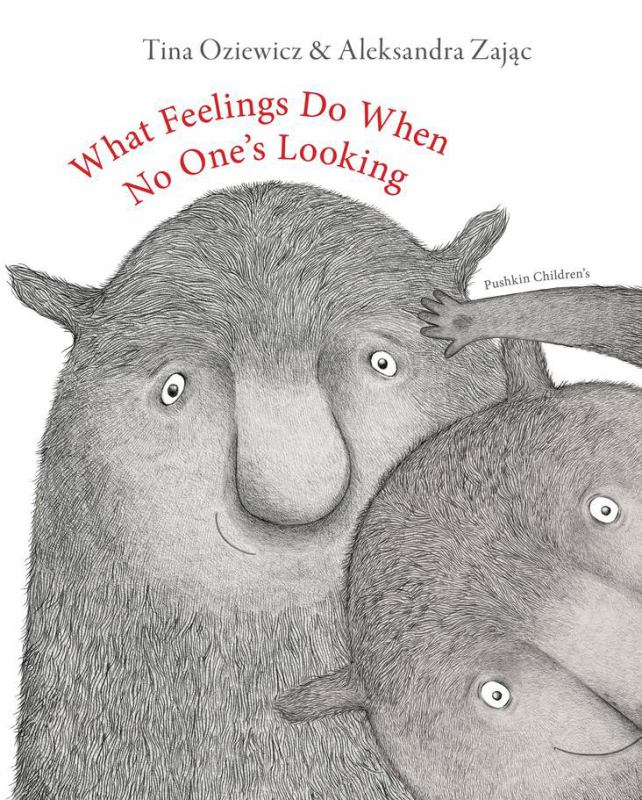
What Feelings Do When No One’s Looking by Tina Oziewicz and Aleksandra Zając is a glorious picture book that deeply contemplates 31 feelings in the most evocative and mesmerising way. In this book the feelings vividly come to life through endearing, furry, round, plump creatures that are depicted with the most expressive facial expressions and body language. These whimsical creatures embody each emotion and the resultant behaviour that may come about as a result of experiencing each feeling.
Each feeling is addressed over a two-page spread containing (mostly) one reflective, relatable sentence that deftly describes the actions of the feeling; what they would do if they were human. For example, some of my favourites are: “Imagination wanders down an unbeaten path” and “delight runs to show a friend a newly discovered book” (you can’t help but smile when you see the heart-warming and joyous illustration that accompanies these words).
The illustrations, brimming with charming details, employ a subtle and restricted colour palette with some pops of soft muted tones. Within each illustration there is so much to unpack, stories within stories. This is a book where you want to linger on each page – soak in the words, look at the details in the illustrations and with this you begin to ponder – what are the creatures thinking? What has evoked this feeling for them? It takes the reader back to a time when they experienced a similar feeling and stirs the emotions. It inspires conversations about the gamut of emotions we all experience and the impact they may have and importantly why.
The book is beautifully resolved on the last page and could not have been a more perfect ending for the reader. This book deserves to be in every library collection and I suspect will quickly become a favourite.
